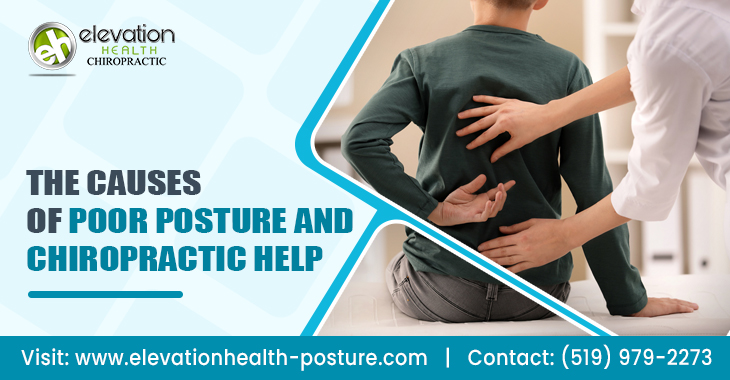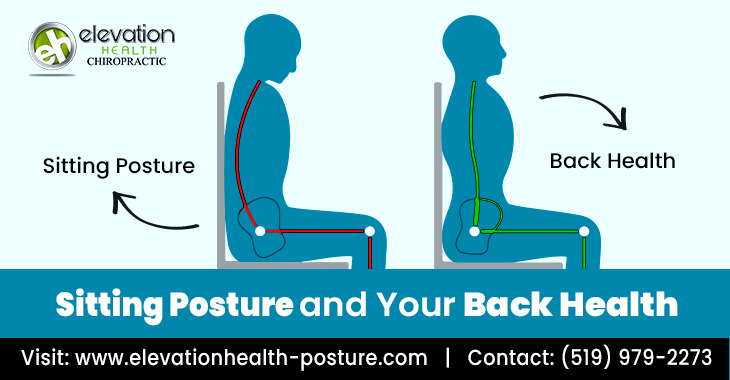
Maintaining good posture is crucial for overall well-being and avoiding discomfort or long-term health issues. Whether you spend long hours at a desk or engage in physical activities, being aware of your posture and making necessary adjustments is essential. If you know you have a bad posture and have seen adverse health symptoms, contact Dr Brian Nantais of the Nantais Family Chiropractic.
Dr Brian Nantais of the Nantais Family Chiropractic is an excellent chiropractor. He treats patients with wrong postures at the Elevation Health clinic in Canada on a daily basis. Chiropractic Treatment has been associated with several ailments, including improvement of posture. You can know more about this through our blogs on the website or by directly reaching out to our experts.
In this blog post, we will discuss seven key indicators to help you ascertain if you have the perfect posture:-
Begin by assessing the alignment of your head and neck. Ideally, your head should be neutral, directly over your shoulders, without tilting forward or backwards. Avoid craning your neck forward using electronic devices, as this can strain the muscles and lead to issues like “text neck.”
Observe the positioning of your shoulders. They should be level and relaxed, neither rounded forward nor pulled back excessively. Avoid hunching or slouching, as this can cause muscle imbalances and pain in the upper back and neck.
A straight spine is a crucial component of good posture. When viewed from the side, your spine should exhibit its natural curves, with your neck and lower back slightly curved inward (concave) and the upper back slightly curved outward (convex). Remember that excessive curvature or exaggerated straightening can cause discomfort and postural issues.
A strong core helps support proper posture. Engage your abdominal muscles throughout the day, as this stabilizes your spine and promotes a more upright position. Regular core-strengthening exercises like planks, bridges, and Pilates can enhance core stability and improve posture.
Check the position of your arms and elbows. They should hang naturally by your sides, with your elbows slightly bent and relaxed. Avoid tensing or crossing your arms, which can strain the muscles and restrict blood flow.
Adequate support for your lower back is crucial, especially if you spend long periods sitting. Sit in a chair that provides proper lumbar support or use a cushion to maintain the natural curve of your lower back. Avoid slumping or sitting on the edge of your seat, as it places unnecessary strain on your spine.
Finally, consider how you distribute your body weight. Stand with your feet shoulder-width apart and distribute your weight evenly on both feet. Avoid shifting your weight to one side, leading to muscle imbalances and postural asymmetry. If you’re carrying a bag or backpack, use both shoulders or opt for a backpack with adjustable straps to maintain balance.
Checking for the signs of good posture will put your mind at ease. If you cannot maintain your posture, contact Dr Brian Nantais of the Nantais Family Chiropractic and visit the Elevation Health clinic in Canada.


